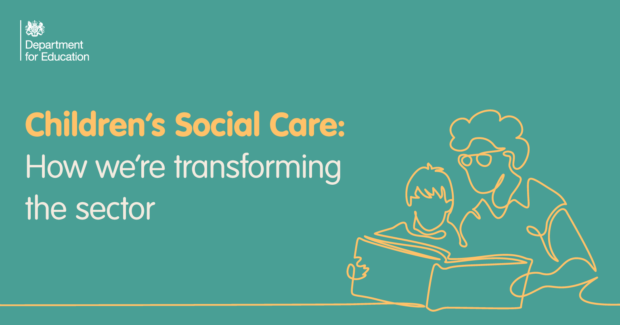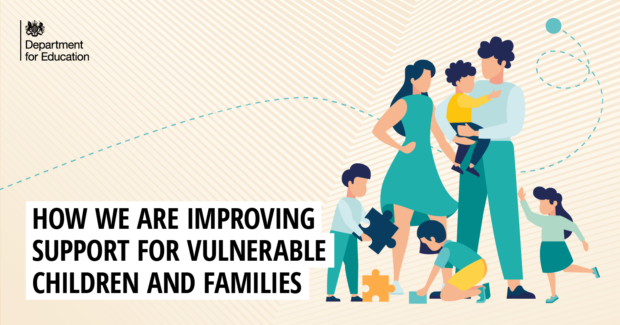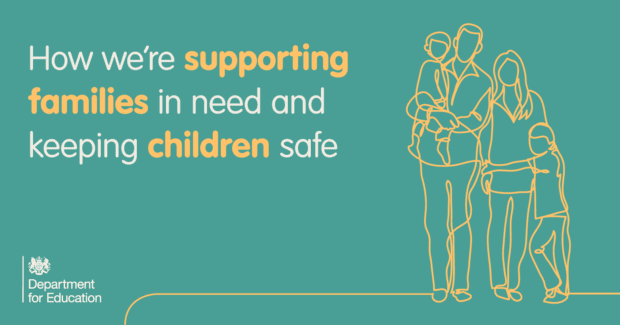children in care
Children’s social care supports children, young people and families who need additional help to protect children and young people from harm. Its main aim is to keep families together, but when this isn’t possible, the system provides an alternative home …
Children’s social care plays an invaluable role in supporting and protecting the most vulnerable children. Here’s what you need to know about our ambitious plans to reform support for children in care and the children’s social care system.
Around three quarters of looked after children live in foster care. Foster parents provide a stable family environment when a child cannot live with their birth parents.
This week, the results of a yearlong piece of work into children’s social care has been published. We are setting out initial new measures in response to recommendations set out in Josh MacAlister’s independent review of children’s social care, which …
Today’s blog looks at a consultation that will change the role of Designated Safeguarding Leads in schools.
Local authorities will have access to £49.2 billion in 2020-21, a £2.9 billion, or an estimated 4.4% increase, to help them deliver essential services for local communities, including an extra £1.5 billion for social care.
Today’s Education in the Media blog looks at the launch of a new consultation on unregulated accommodation as we look to improve the quality of children’s social care.
In 2020-2021 local authorities across England are set to receive a share of £49.1 billion in funding, an increase of £2.9 billion and the biggest year-on-year real terms increase in spending power in a decade.
Today our blog looks at the Guardian’s article on the Reception Baseline Assessment pilots, and BBC News’ coverage on care homes. Our blog will return on Monday 16th December.
We’re committed to ensuring people have access to high-quality technical education across the country, and University Technical Colleges are helping to deliver on that, with 21% of pupils progressing into apprenticeships after completing their post 16 education, more than double the national average.









